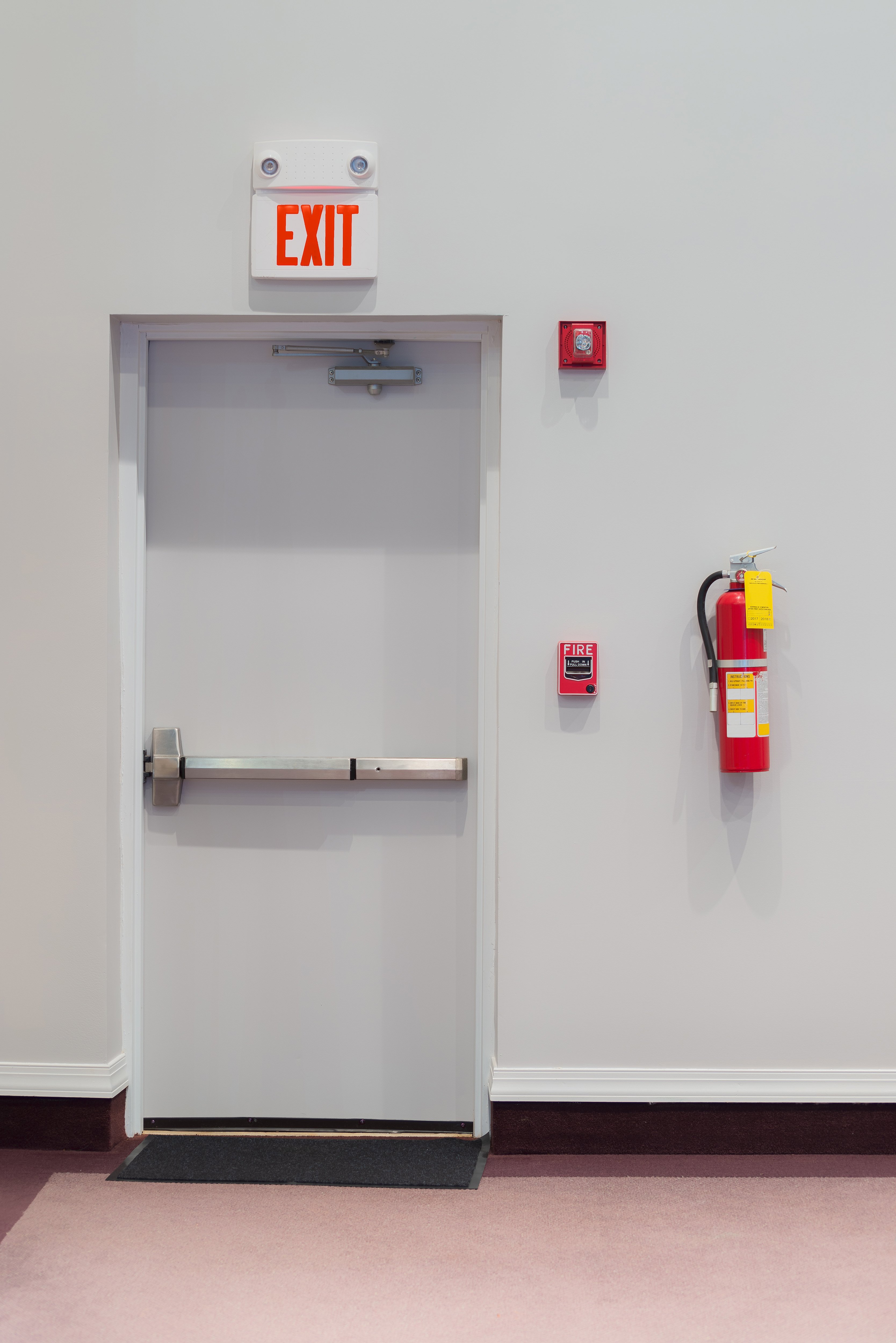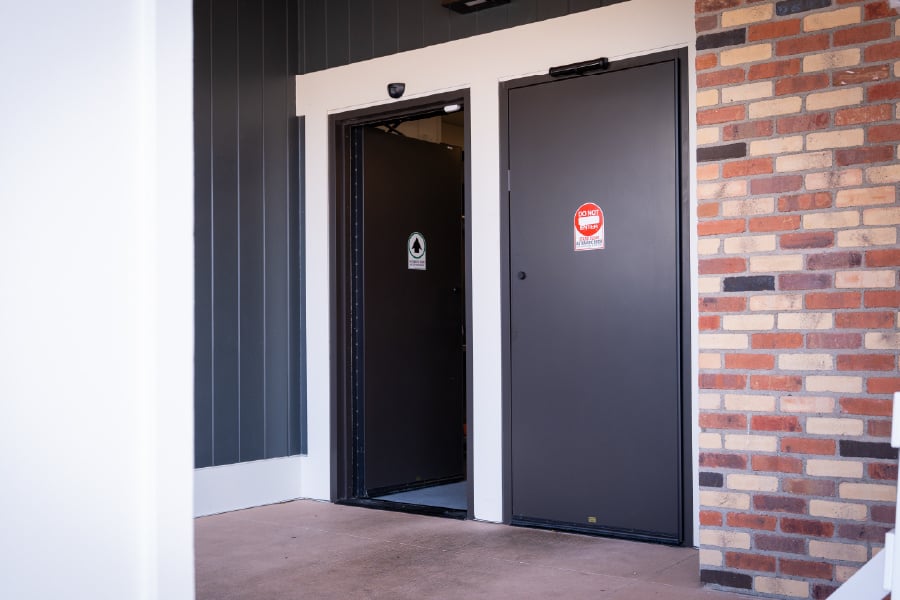
Commercial doors do more than provide entry and exit, they play a crucial role in safety, security, and the smooth operation of any facility. From controlling access to protecting assets and ensuring compliance with fire and safety codes, properly functioning doors are an essential part of daily operations.
Neglecting door maintenance can lead to premature wear, costly repairs, or even unexpected replacements. Routine upkeep, on the other hand, helps facilities avoid these expenses, ensuring doors operate reliably year after year.
By following a proactive maintenance checklist, businesses can extend the lifespan of their commercial doors, enhance safety, and reduce the risk of operational disruptions.
Why Commercial Door Maintenance Matters
Commercial doors face constant use and stress everyday. Whether in schools, hospitals, office buildings, or warehouses, doors are opened and closed hundreds or even thousands of times, making them particularly susceptible to wear and tear.
Neglecting maintenance can create serious risks. Worn or malfunctioning doors may compromise security, increase energy costs due to poor installation, and even lead to violations of ADA or other building codes.
Investing in regular commercial door upkeep delivers a strong return on investment. Routine inspections and timely repairs prevent minor issues from becoming major problems, saving both time and money while ensuring doors continue to perform safely and efficiently.
Common Causes of Door Wear and Tear
Understanding why commercial doors degrade is key to preventing costly repairs.
- High foot traffic & frequent use: Doors in busy facilities like schools, hospitals, and office buildings endure constant opening and closing, which naturally accelerates wear on hardware and finishes.
- Weather exposure: Humidity, temperature fluctuations, and moisture can warp doors, corrode metal components, and damage seals.
- Misalignment or improper installation: Even a small misalignment can cause uneven wear, sticking, or difficulty latching, putting extra strain on hinges and locks.
- Worn hardware: Hinges, locks, closers, and panic bars, kick plates, and mop plates experience heavy stress over time and may fail if not regularly inspected and lubricated.
- Lack of routine inspections: Without scheduled maintenance checks, minor issues often go unnoticed until they become major problems, shortening the door’s lifespan.
By addressing these factors proactively, facility managers can significantly extend the life of their commercial doors and maintain optimal performance.
Commercial Door Maintenance Checklist
Regular commercial door maintenance ensures safety, security, and longevity. Facility managers can follow this checklist to prevent wear and tear and keep doors functioning optimally.
- Inspect Door Alignment
- Check for gaps, sticking, or uneven closing.
- Proper alignment prevents stress on frames and hinges, reducing premature wear.
- Examine Hardware and Moving Parts
- Inspect hinges, locks, handles, closers, and panic bars to ensure doors close properly and securely.
- Lubricate moving components regularly to prevent friction-related damage.
- Check Weatherstripping & Seals
- Replace worn or damaged seals to improve energy efficiency and security.
- Proper sealing also prevents moisture damage and draft.
- Test Fire-Rated & Emergency Exit Doors
- Ensure panic bars and emergency exits operate correctly.
- Regular testing keeps buildings compliant with fire and safety codes.
- Clean and Protect Door Surfaces
- Metal doors: clean to prevent rust and corrosion.
- Wood doors: polish or seal to guard against moisture and warping.
- Evaluate Access Control & Security Systems
- Test electronic locks, keyless entry systems, and alarms.
- Update software, credentials, and permissions as needed to maintain secure access.
Following this maintenance checklist helps reduce repair costs, extend door lifespan, and maintain smooth daily operations.

When to Call a Professional
While routine inspections and upkeep can handle most commercial door maintenance, some issues require professional attention to ensure safety, security, and code compliance.
- Signs of structural damage: Warped frames, cracked panels, or significant misalignment can compromise door integrity and should be addressed immediately by an expert.
- Doors failing to close or lock properly: Persistent sticking, inconsistent gaps, or malfunctioning locks may indicate underlying problems that go beyond routine maintenance.
- Security system integration issues: Problems with electronic locks, keyless entry systems, or alarms should be handled by trained professionals to maintain secure and reliable access.
Knowing when to call a professional helps prevent costly repairs, protects building occupants, and ensures doors continue to perform safely and efficiently.
The Smart Approach to Door Maintenance
Proactive commercial door maintenance is essential for ensuring safety, security, and the smooth operation of any facility. By regularly inspecting doors, addressing minor issues, and following a structured maintenance checklist, facility managers can prevent costly repairs, extend door lifespan, and maintain compliance with safety codes.
Looking for expert commercial door maintenance and support? S.A. Morman & Co. offers professional repairs and long-term security solutions tailored to keep your doors performing at their best.
Make routine upkeep part of your facility’s operations and protect both your building and its occupants.

